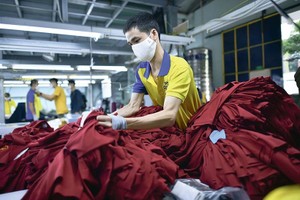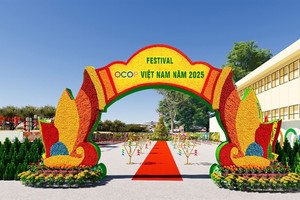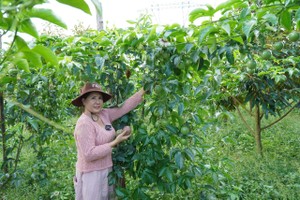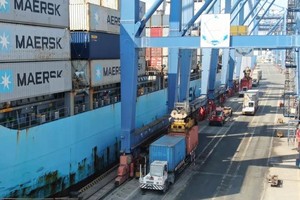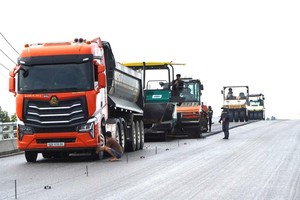
Rice growing and exporting of Vietnam so far have received several good news. The ST24, ST25 rice type have entered the top-4 most delicious rice in the world. Trung An Hi-tech Farming JSC. (in Can Tho City) has its rice products accredited under GlobalGAP standards and accepted in picky markets like the EU and the Republic of Korea.
Director Pham Thai Binh of this company shared that his organization has closely cooperated with farmers in Kien Giang Province and Can Tho City to grow 1,100ha of rice satisfying the organic and Global GAP standards in order to sell in picky markets.
Besides Trung An company, other businesses in Ca Mau Province are cultivating ST25 rice type under the organic standards. Kien Giang and An Giang, the two provinces in the Mekong Delta with the largest surface area for rice growing, are joining hands to form large-scale rice fields that closely connect between farmers and rice processing businesses.
In 2022, the average rice export prices have witnessed significant rises thanks to the shift to scented rice and high-quality rice as requested by orders of export companies.
Prof. Dr. Vo Tong Xuan said that the Mekong Delta is focusing on implementing Resolution No.120 of the Government on sustainable development via adaptation to climate change. He added that the local and central authorities should invest more in science and irrigation structures, establish effective specialized farming production areas, encourage farmers to enter modern cooperatives to form large-scale fields, connect to businesses to ensure stable purchasers of their crops and then create attractive brand names from this produce.

Vietnam each year imports around 1 million tonnes of rice, while it is a renowned rice exporter. For instance, in 2021, the country bought 999,750 tonnes of rice from other nations, 72 percent of which came from India. This has raised certain concern in the community.
The reason why Vietnam has imported 100-percent broken rice from India since 2021 is its cheap price ($100-140 per tonne) compared to the domestic price ($430-450 a tonne). This rice type is used for brewing wine and beer, producing vermicelli and pho noodle, making animal feed, which is obviously profitable.
However, rice experts worry that when the imported rice prices are cheaper than the domestic ones, rice businesses might buy even rice for daily meals, negatively affecting rice farmers in the country. That is why the Ministry of Industry and Trade has lately proposed to add regulations on rice import into Decree No.107 on rice export business conditions.
This amendment is considered necessary to perfect the legal frame for management units to monitor this important produce according to the real context and timely handle any arisen issues for sustainable rice production and export. Yet this control over rice trading should not be administrative orders or rigid regulations that might cause more difficulties for rice import-export businesses.


